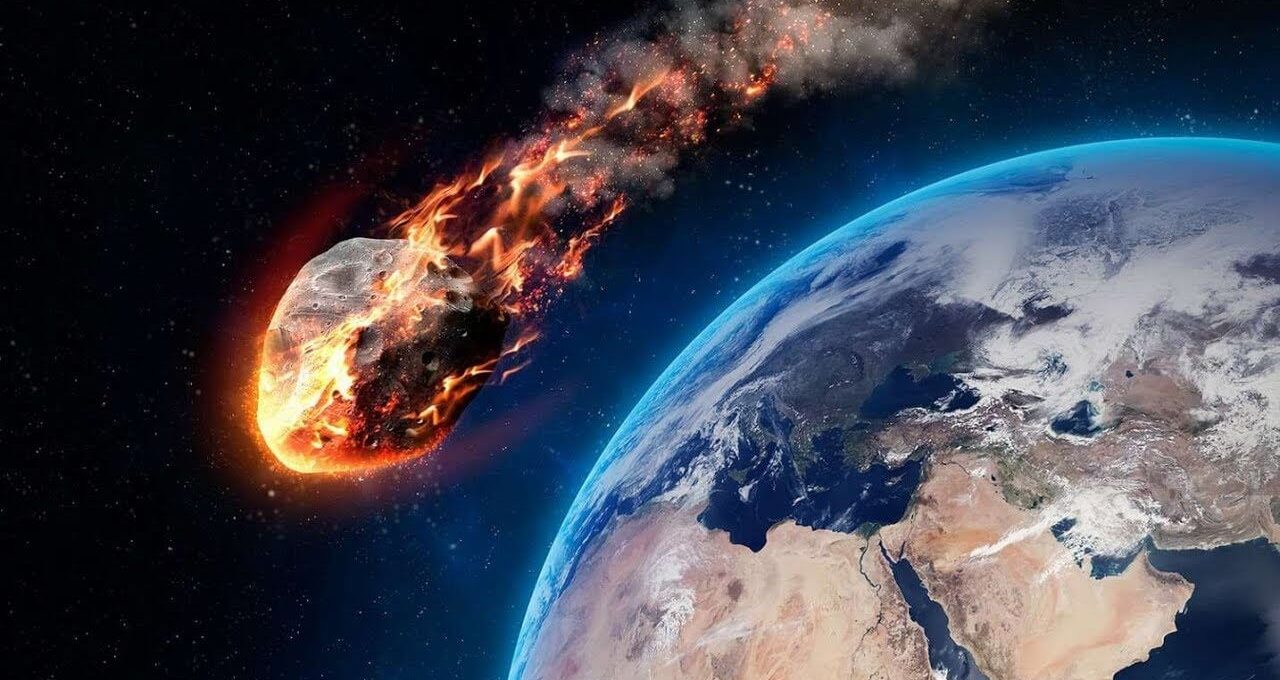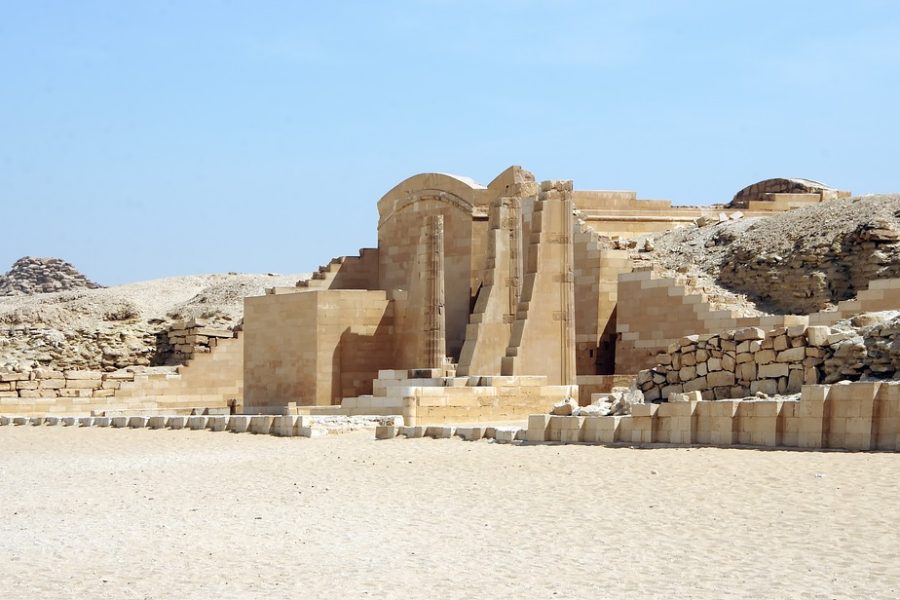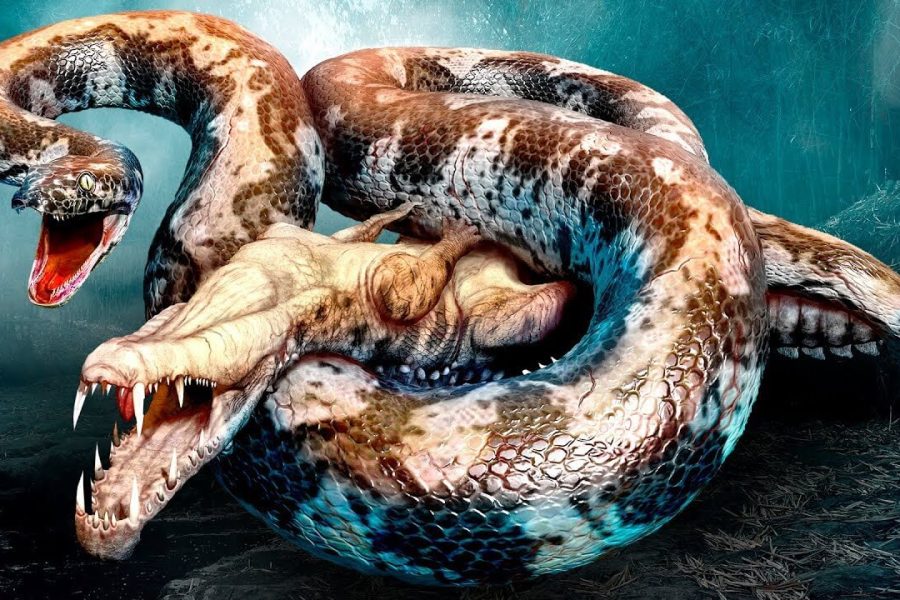Humanity faces many dangers against which even our most important weapon – scientific and technical progress – is powerless. One of them is a collision with space rocks (asteroids).
Will humanity suffer the same fate as the dinosaurs? Sentry, an intelligent space object risk assessment system, knows the answer. It tracks asteroids that have a chance of colliding with Earth. We will tell you more about the ten most dangerous of them.
| Name | Diameter, m | Date of collision | Probability |
|---|---|---|---|
| 2010RF12 | 9 | 05/09/2095 23:50 | 1/16 |
| 1979XB | 700 | 14/12/2113 18:07 | 1/1.84E6 |
| 2019DS1 | 26 | 26/02/2082 19:15 | 1/787 |
| 2000SG344 | 30 | 16/09/2071 00:26 | 1/2096 |
| 99942 Apophis | 375 | 12/04/2068 15:13 | 1/531914 |
| 2009JF1 | 13 | 06/05/2022 08:12 | 1/4464 |
| 2008UB7 | 50 | 31/10/2060 18:26 | 1/36101 |
| 2006JY26 | 8 | 03/05/2074 01:00 | 1/86 |
| 2008JL3 | 30 | 01/05/2027 09:07 | 1/13280 |
| 2012QD8 | 90 | 08/03/2047 23:18 | 1/188679 |
10. 2012QD8
The maximum probability of a collision is 1 in 188,679.
Estimated date: March 8, 2047 23:18
The list of potential deaths from space is opened by a celestial body with a diameter of 90 meters. In August 2012, it flew past the Earth at a distance of 5.9 million km. And although the asteroid flew away, it promised to return in 2047.
True, the likelihood that he will decide to establish a closer acquaintance with us is very small.
9. 2008JL3
The probability of a collision is 1 in 13,280.
Estimated date: May 1, 2027 9:07
May 2008 was a fruitful month for astronomers – they discovered as many as five asteroids. But only one of them was honored to be included in the top 10 space objects that threaten the Earth. It was named 2008JL3.
However, like the tenth place in the rating, this celestial guest turned out to be not as deadly as it seemed. It is small, only 30 meters in diameter, and the probability of its collision with Earth is extremely low. The next time it will pass by Earth is very close, in 2027.
8. 2006JY26
The probability of a collision is 1 in 86.
Estimated date: May 3, 2074 1:00
A tiny asteroid with a diameter of only 8 meters was recorded on telescope screens in May 2006. And although compared to the other participants in the rating the probability of its collision with Earth is quite high, due to its size the “space threat” only causes cheerful laughter.
Most likely, the little one will meet a fiery end in the upper layers of the atmosphere. The inhabitants of the Earth will be able to observe this in 2074.
7. 2008UB7
The probability of a collision is 1 in 36,101.
Estimated date: October 31, 2060 18:26
The sixty-meter asteroid 2008UB7 was discovered, as its name suggests, in October 2008, seven days before it approached Earth at a distance of 6.3 million km.
Although, judging by the flight range, it is unlikely to be feared that it will fall in the foreseeable future, scientists have already calculated the expected power of the explosion. It turned out to be equal to 16 megatons of TNT. Whether this is true or not, humanity will find out in October 2060, when 2008UB7 approaches our planet again.
6. 2009JF1
The probability of a collision is 1 in 4464.
Estimated date: May 6, 2023 8:12
Seriously, who gave these scientists telescopes! And just a year after the discovery of danger number 6, they discovered another threat to Earth in the dark depths of space.
Fortunately, the diameter of the danger is not the most outstanding - only 13 meters. But we will meet it before all the others - in June 2023. Judging by the diameter of the threat, most likely, humanity will survive this meeting. Perhaps it will get the opportunity to admire a small, albeit bright, fiery cloud that suddenly blossomed high in the sky.
5. 99942 Apophis
The probability of a collision is 1 in 531,914.
Estimated date: April 12, 2068 15:13
This asteroid, the only one on the list to have its own name, has a rather dramatic story. It was discovered in 2004 in Australia. The distant (for now) cosmic body has a diameter of 375 meters, and according to scientists' calculations, it belongs to the so-called Aton asteroids.
This means that part of the orbit of such asteroids intersects with the orbit of our planet. Of course, this observation did not bode well for Earth. Excited scientists made calculations, and it turned out that in 2029 a blind cosmic force would strike our world. They also calculated the probability of this event - it turned out to be 3%. That is why the asteroid was honored with its own name, in honor of a particularly cruel god from the Egyptian pantheon, who had one, but important goal in life: to destroy the Sun.
Fortunately, everything turned out to be far from terrible, and there is no need to stock up on cans of stew in anticipation of the coming apocalypse. The following year, 2005, new studies of the asteroid showed that in 2029 it will pass tangentially. And residents of the Northern Hemisphere will even be able to see it with their own eyes in the sky as a luminous point. And this is where all its "adventures" will end.
4. 2000SG344
The probability of a collision is 1 in 2096.
Estimated date: September 16, 2071 00:26
Until December 2004, it was believed that this small celestial body, only 30 meters in diameter, had the highest chance of meeting us directly. True, on the risk scale, its impact was assessed as small. After all, this asteroid is very small and would most likely burn up beautifully in the upper layers of the atmosphere.
Later, it got a competitor (the fifth place in the ranking of space threats is Apophis), and everyone forgot about the little one. After all, 700 meters is not 30. And even later it turned out that the probability of a collision is also low - 1 chance in 417.
By the way, there are some very interesting rumors about this small celestial body. The orbit of 2000SG344 is very similar to the Earth's. According to scientists' calculations, in 1971 this star wanderer once again visited the vicinity of our planet. And what else happened in 1971 that was so cosmic? That's right, that's when another Apollo-class rocket, version 14, was launched.
The astronauts flew to the Moon and returned, bringing with them about 50 kg of lunar soil as a souvenir. And these two circumstances suggest that the cosmic body is not so cosmic, but may even be quite man-made. For example, it may be the remains of a Saturn-class launch vehicle. After all, there was already a precedent when some scientists considered the SIVB launch vehicle floating in space many years after the Apollo 12 flight to be a natural asteroid.
3. 2019DS1
The probability of a collision is 1 in 787.
Estimated date: February 26, 2082 19:15
This is a newcomer to the ranks of the most dangerous space objects for Earth. 2019DS1 was discovered quite recently, at the end of February 2019, when it once again flew past Earth.
This year, the distance from the asteroid to our planet was quite large – 726 thousand km. And, we will add, quite safe.
The next time a celestial visitor will pass through Earth's orbit will be in 2082. At that time, 2019DS1 will try to establish closer contact with Earth, flying to a distance of only 165 thousand km. And there is a small, but chance that it will suddenly change trajectory and fall on our heads.
2. 1979XB
The probability of collision is 1/1.84E6.
Estimated date: December 14, 2113 18:07
In second place among potential asteroid threats to humanity, according to Sentry, is an asteroid with a diameter of 700 meters, discovered 40 years ago by Australian astronomers.
We'll have to wait a long time for a potential collision, because even in the worst-case scenario, the asteroid will only reach us in 2113. However, its diameter makes us wary of even the tiny chance of 1/1.84E6. What if?
If so, the consequences for the Earth could be catastrophic. The Earth's surface bears many traces of collisions with uninvited guests - like the giant Canadian crater 200 km in diameter, formed by the impact of an asteroid 5-10 km in diameter.
The second place in the rating is, of course, smaller, but it is capable of digging a hole a couple of kilometers wide, as its brother did 50 thousand years ago, forming the Berringer Crater in the USA. And what if the meteorite strikes a densely populated city? If the worst-case scenario is realized, there is only one consolation - that you and I, dear readers, will not live to see this gloomy date.
1. 2010RF12
The probability of a collision is 1 in 16.
Estimated date: September 5, 2095 23:50
The greatest danger from space to Earth is posed by asteroid 2010RF12. Its diameter is modest - only 9 meters, but it will crash into Earth with the highest probability of all listed. According to scientists' calculations, it is 5%.
2010RF12 has already passed dangerously close to Earth, at a distance of only 79 thousand km. However, only penguins were able to admire it, since it was visible only from the South Pole. Fortunately, due to its small diameter, 2010RF12 is unlikely to cause significant damage and will most likely disintegrate in the atmosphere.
The maximum that the asteroid will be capable of is an impressive ball of fire, like at a rock concert. The power of the explosion will be inferior to the Chelyabinsk one, which, as we remember, was 17 meters in diameter.
Does this mean that the danger from space to Earth is greatly exaggerated? Scientists themselves say that visible asteroids are not as scary as invisible ones. For example, that same Chelyabinsk meteorite was not recorded by any observatory until it knocked out the windows in the houses of city residents. Who knows what unknown danger is creeping up on us from the endless darkness of space? Will the Earth manage to avoid destruction? If not us, then our descendants will definitely find out about it.














Оставить Комментарий